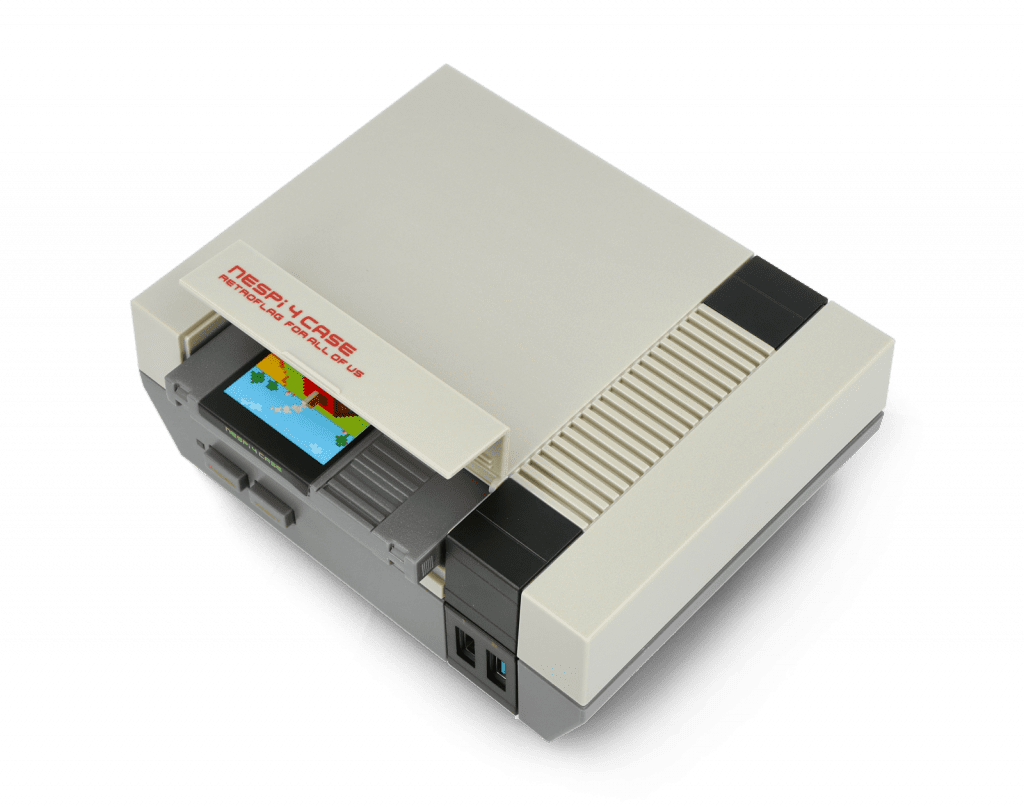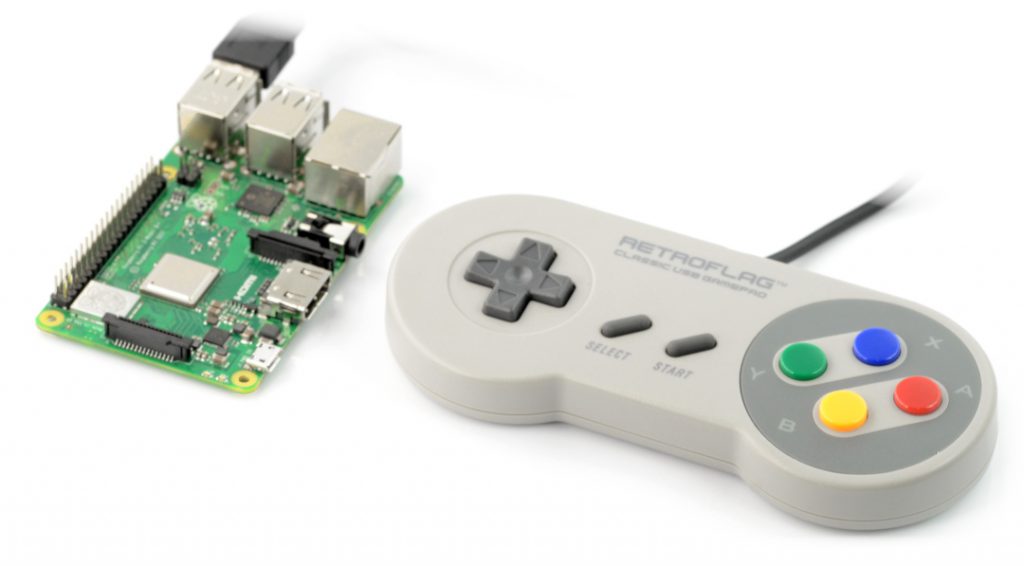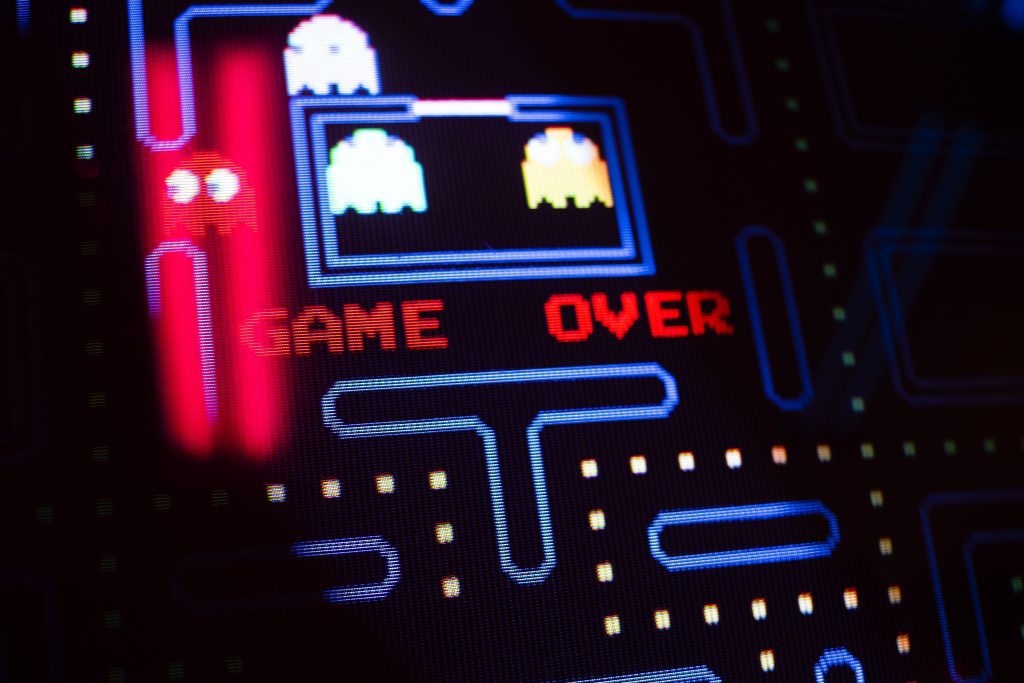Table of Contents:
Video games from the 1980s and 1990s, initially overshadowed by 3D productions from major studios (with ever-improving reproduction of the physics and visual details of virtual reality), have with time begun to regain their former position. Gamers, as if tired of “perfect” animations, are more and more willing and sentimental about returning to games that are economical in means, based on pixel art graphics instead of photorealistic worlds – and using synthetic sounds instead of multi-channel audio panorama. What’s more, manufacturers of accessories for fans of “old technology” are offering an ever-growing range of ready-made cases, game controllers and other equipment, faithfully imitating designs from the past. Raspberry Pi minicomputers have a special place in this group of solutions.
How to use the Raspberry Pi to run iconic games?
Raspberry Pi minicomputers, thanks to their impressive performance and wide expandability, are eagerly used in various amateur projects, and dedicated operating systems are created for the most common applications. Thanks to them, the process of installation and configuration of the “Raspberry” to work in a specific role can be shortened to a minimum. From the hardware side, all that remains is to choose the right accessories – enclosure, game controller, power supply and cabling – and assemble the ready components like well-fitted blocks.

As an example, it is worth mentioning the RetroFlag NESPi case, which with its colours and simple, almost austere design, seems to be taken straight out of the 1980s – the times when the 8-bit NES console (Nintendo Entertainment System) was breaking popularity records. Its perfect complement is the RetroFlag SNES Controller J – a small game controller, also reminiscent of Nintendo products from almost four decades ago.
With the minicomputer and accessories ready, you can move on to installing the operating system – a specially prepared Raspberry emulator called RetroPie will be perfect for this role.
Principle of operation of the emulator
RetroPie belongs to the group of emulators, which means – in the simplest terms – software “pretending” to be a different computer architecture, than the real architecture of the hardware on which the emulator was run. In other words – the task of the emulator is to reproduce the behaviour of an older type of processor (e.g. 8-bit, used in consoles of the 80s) by translating the operations recorded in the program (game) into machine instructions, executed by the processor of the computer.
It is worth knowing that the instruction sets of the simple microprocessors of those days and the instructions known from today’s computers are significantly different, so running a binary file (the so-called ROM) of an old game would not be possible without using an emulator. There is a lot to fight for – Internet repositories of games, ripped from physical media (e.g. cartridges) to the form of files are literally bursting at the seams, so without much difficulty you can find titles that will satisfy the needs of even the most picky gamers.
RetroPie – how to turn your Raspberry Pi and software emulator into a vintage gaming machine
Although a Raspberry Pi-based game emulator can be realised by installing the software on a universal operating system (e.g. Raspbian, or – in newer versions – Raspberry Pi OS), a much easier way to run a virtual ‘time travel’ machine is to use a ready-made image, installed on a microSD card in a similar way to installing any other operating system. The image can be downloaded from the project’s website, and what’s more, versions are available for Raspberry Pi Zero and RPi 1, generations 2 and 3, as well as the latest Raspberry Pi 4 and RPi 400 minicomputers. The system supports Samba file transfer, so “new-old” games can be easily uploaded to the Raspberry Pi emulator running on any Windows PC – a great way of making life easier for gamers who like to experiment with different games and often add new ROMs to their console.
While enjoying the iconic titles, don’t forget about the copyright laws that also apply to old games – it’s a good idea to choose those titles that are made available legally by the Raspberry Pi community on relevant forums and websites.
How useful was this post?
Click on a star to rate it!
Average rating 0 / 5. Vote count: 0
No votes so far! Be the first to rate this post.





















